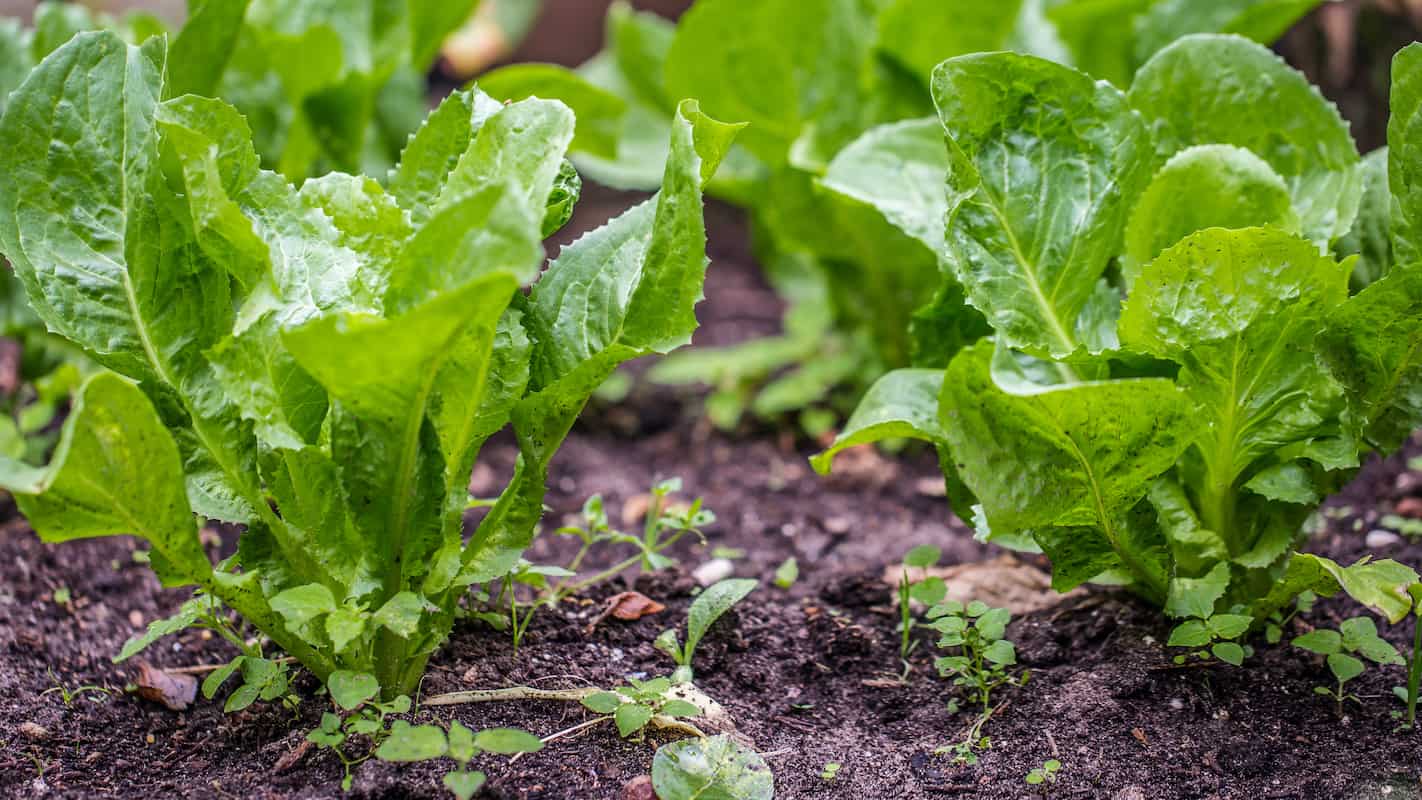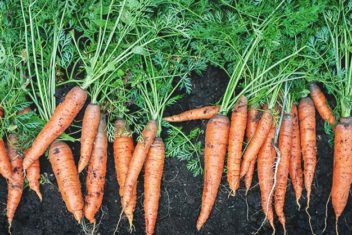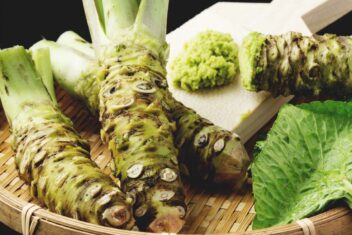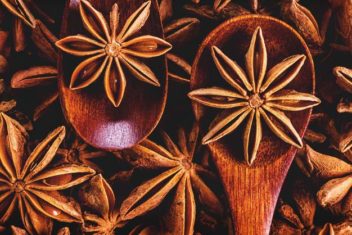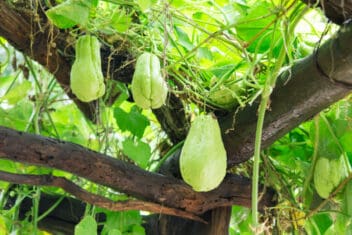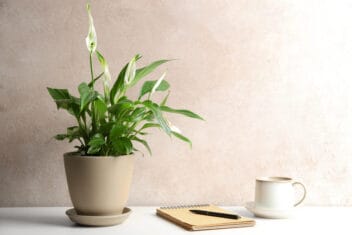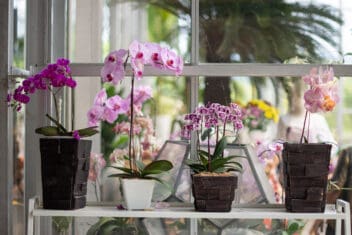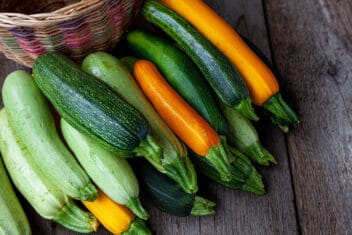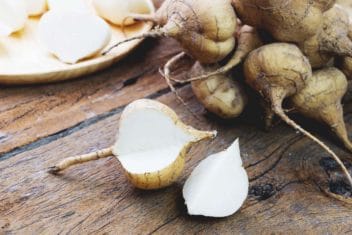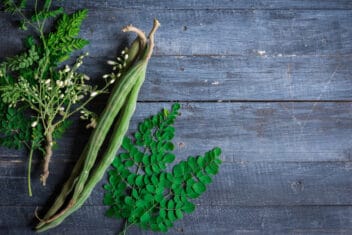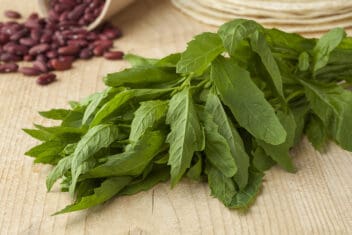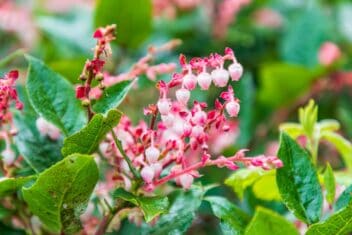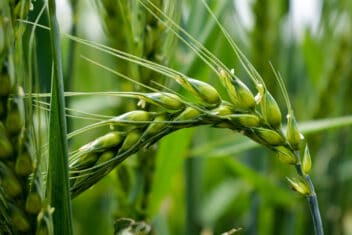Do you want to try some different greens in your weekly salads? What about a green you can grill up with some butter? If so, you should try growing endive in your garden for a whole new flavor profile.
I love trying new flavors in my meals. It’s easy for salads and soups to become a bit bland and boring, but by growing different varieties of greens in your garden, you can turn a routine meal into something unique and fun.
That’s why endive should be the newest addition to your vegetable garden. Here is what you need to know.
The Types of Endive You Might Grow
Endive is used to describe the leafy part of any bitter-flavored plant in the chicory family. Typically, there are 3 main types of endive used in dishes. Let’s look at each one.
Belgian Endive
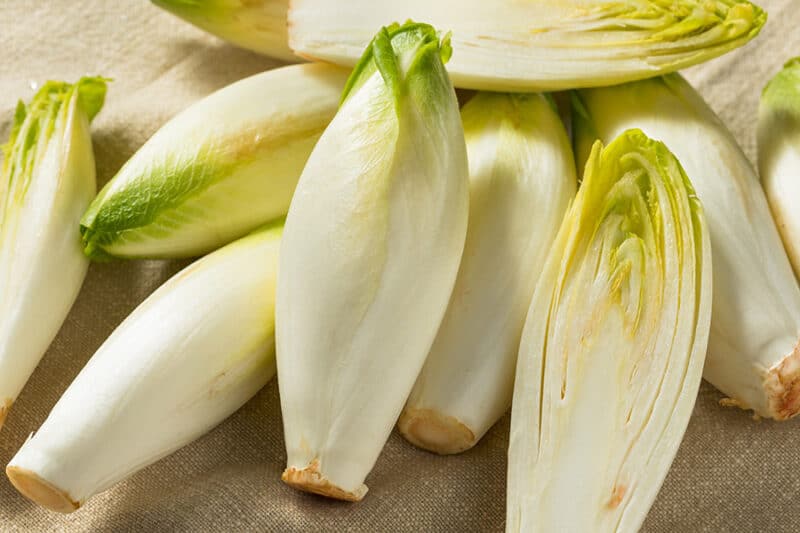
This type of endive grows in small, cylindrical heads with pale yellow leaves and curly edges. Belgian endive (Cichorium intybus var. foliosum) is moderately bitter, and it can be used in salads or baked as a side dish. You can separate the leaves or use the entire compact head.
You can also find red-hued Belgian endive that is called red endive or radicchio.
Curly Endive
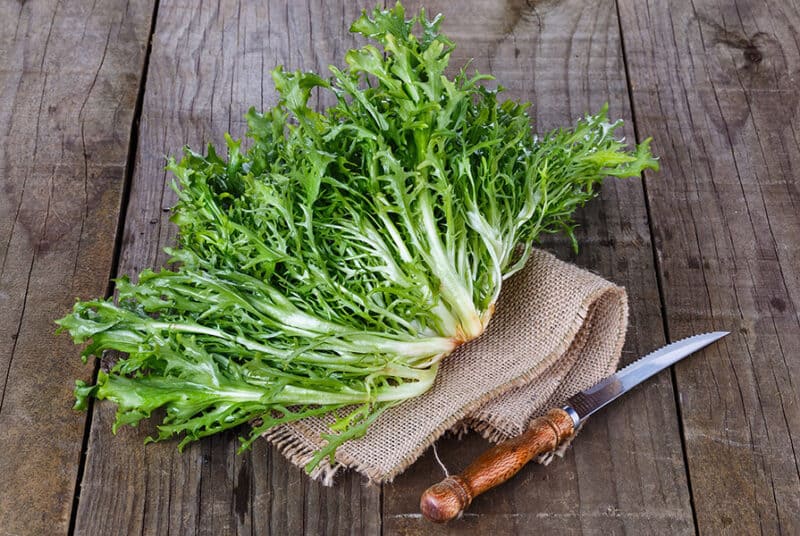
This type of endive is sometimes called frisée or chicory, and it’s a bushy head of curly greens with a lacy texture. The leaves do have a slightly bitter flavor that gets more intense as the leave es turn greener.
Curly endive (Cichorium endivia var. crispum) is typically used in salads to add flavor and texture.
Broad-Leafed Endive
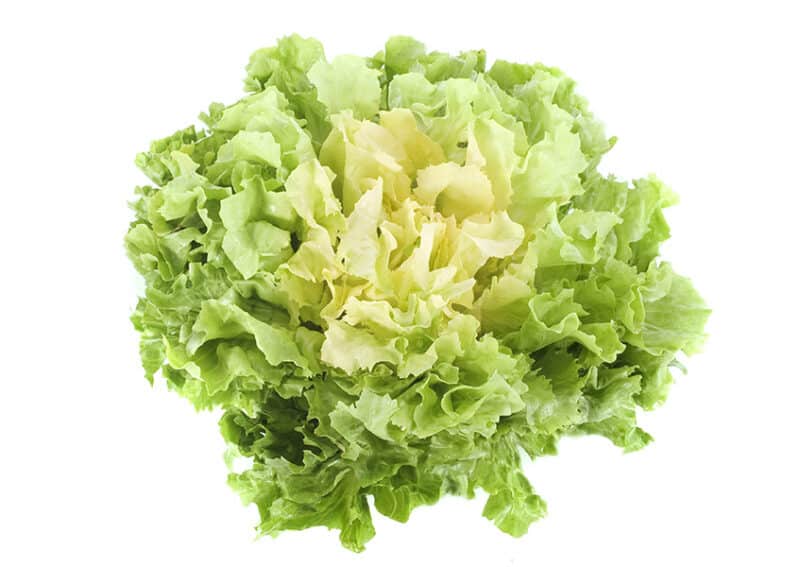
Sometimes called escarole (Cichorium endiva var. latifolia), broad-leafed endive comes from the same species as curly endive, but it’s a different variant.
This type of endive is less bitter than the others, and the lighter-colored leaves can be used in salads. The outer, darker leaves are bitter and tougher, so they’re typically cooked.
How to Grow Endive in Your Garden
If you’re ready to add endive to your veggie garden, here is what you need to know about growing it.
Get the Right Soil
For optimal growth, endive requires fertile, moisture-retaining soil with ample compost added for nutrients. It should also be well-draining, which seems like a contradiction when compared to moisture-retaining.
What that means is that earth should be a mixture; it needs to hold some moisture in better than sandy soil, but it shouldn’t lead to waterlogged plants.
Endive prefers soil with a pH range of 5.0-6.8.
Pick the Ideal Location
Endive grows best in areas that have full sunlight, but it’s tolerant of partial shade. If you have a spot with a bit of shade in the afternoon, most greens appreciate a break from the intense heat.
When to Plant Endive
Endive is cold tolerant to an extent, as are many different greens. Typically, you can start planting the seeds 4-6 weeks before the final frost date for the area. That decreases the risk of running into a hard freeze which could damage your plants.
If you decide that you want to start endive seeds inside, start sowing the seeds in pots 8-10 weeks before the average last frost date in your region. Then, you’ll transplant them outside 4-6 weeks after you started them inside.
Your goal is to sow the crops so that they can be harvested before the temperatures go higher than 85°F.
Starting Endive Inside
The best way to give your endive a headstart is by starting the plants early indoors. All you need to do is sow the seeds in small pots or peat pots several weeks before you want to plant them outside.
You need to keep the pots in a warm, humid environment or a greenhouse for proper germination. Once sprouted, the seedlings should stay under grow lights until you’re ready to harden them off.
Be sure to harden off your endive seedlings before planting them in your garden.
Planting Endive in The Garden
You can sow the endive seeds directly into your garden soil in the spring. Plant each seed 1/4 inch deep in the dirt and cover gently with soil. Then, water deeply to encourage germination.
If you’re transplanting seedlings into your garden. it’s best to wait until the danger of frost is gone. Dig a hole as deep as the roots of your seedling and gently bury them. Make sure to firmly place the soil into the hole and water deeply.
Each plant should be spaced 9-inches apart. If you’re planting multiple rows of endive, keep them 12-inches apart to allow plenty of room for growth.
Endive is a great candidate for succession planting. You can sow rows every two weeks throughout your growing season to ensure you have a harvest for several months.
Can I Grow Endive in Containers?
Absolutely! Endive is an excellent plant for container gardening. You can grow a single plant in a 6-inch pot or grow more than one in a 10-inch or larger pot.
Just be sure to keep the plant well-watered.
How to Care for Endive in Your Garden
Now that you have the plants growing and thriving, you have to learn how to take care of endive in your garden.
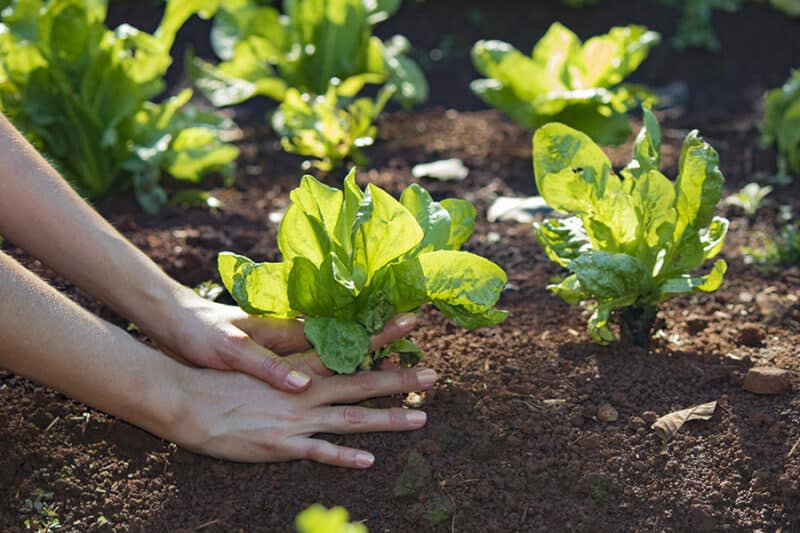
Keep Endive Well-Watered
Like other greens, endive needs to be watered regularly to maintain a healthy leaf. If you don’t water enough, the leaves might wilt or curl up. Lack of water slows the growth and cause the leaves to turn bitter.
That’s why watering is particularly important during the hot summer months. Your goal is to keep the garden bed moist and evenly watered. Plants should be getting about an inch of water a week.
Learn About Blanching
Endive is commonly blanched while growing, which removes some of the bitter flavors in the leaves. When you blanch a plant, you’re covering the heart of it, depriving it of sunlight and slowing the creation of chlorophyll, which leads to the bitter taste.
It’s best to blanch endive 2-3 weeks before harvesting. You’ll know it’s time when the outer leaves are 4-5 inches tall.
Here are the 3 ways to blanch a plant.:
- Bring the outer leaves together and use a rubber band to keep them in place. Be sure the leaves aren’t wet before doing so it or it could cause them to rot.
- Put a board over the center of the row on supports, covering the plants.
- Place a pot or container over each plant.
Blanching typically takes 2-3 weeks. Then, it’ll be ready for harvesting.
Should You Fertilize Endive?
Most of the time, endive doesn’t require fertilizer. However, it’s a smart idea to side-dress the crop with compost in the mid-season. That helps give them a boost of nutrients needed to reach maturity.
Companion Plants for Endive
You can plant anything you want with endive, but there are a few plants that are better than others:
It’s best not to plant endive with squash varieties or pumpkins.
Common Pests & Diseases
Endive doesn’t have many diseases that cause problems, but there are a few pests that could cause issues for your plants.
Aphids
Aphids are small insects that like to stick to the underside of leaves and the stems of your plants. They can be green, yellow, brown, pink, black, or red. If the infestation is bad, you might find necrotic spots on the leaves. You also will find a sugary substance on your plants that encourages the growth of mold on the plants.
Often times, the aphids can be knocked off of the plant with a strong jet of water from your hose. You generally only want to apply insecticides if you have a severe infestation. You can use insecticidal soaps or soils such as neem oil to treat the population.
Darkling Beetles
If you have a problem with darkling beetles, you’ll find damage on the stems, and it might cause the death of your seedlings. Darkling beetles are active at night and spend the day hiding in the debris throughout your garden.
Remove all of the weeds in your garden to help prevent an infestation. You also can use insecticides to control the population.
Slugs & Snails
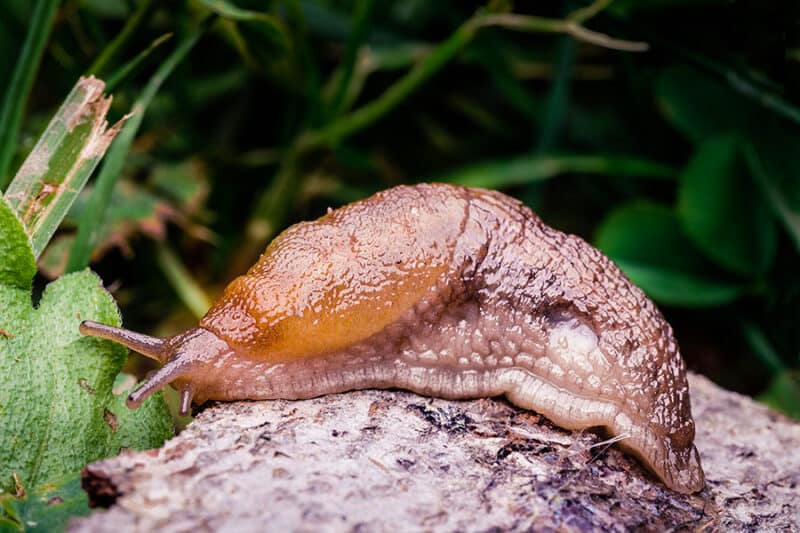
You might find irregularly shaped holes in the leaves and stems of the plant. If you have a severe slug and snail infestation, the laves might be shredded, and there could be slime trails on the rocks and soil.
Slugs and snails like moist, shady locations and they’ll hide in weeds. The adults like to leave eggs in the soil. It’s a good idea to remove any debris in the garden and weed often to encourage good air circulation. Air circulation also reduces the moisture around your plants.
You can remove slugs at night by handpicking them off. Putting shallow dishes filled with beer is said to attract and drown them. Or you can use a pet and child-safe slug poison.
Harvesting Endive
Endive plants take about 60-80 days to reach full maturity, but you can also harvest before then. If you do, the leaves will be smaller than they could be.
It’s best to harvest before the first frost. If the leaves are exposed to a frost, they’ll be ruined. You should also harvest before the summer heat kicks in because the plant will go to seed and the leaves turn bitter.
When you’re ready to have some fresh endive, it’s best to cut the plant off at the base with a sharp knife. In some cases, it will regrow if the weather stays nice. You can also just pluck individual leaves as you need them.
The great thing about endive is that it’s just as delicious raw as it is cooked. You’re only limited by your imagination.
Do you know those lettuce wraps that used to be so popular? Belgian endive is perfect for an updated version. Basically, you can use endive as a replacement anywhere you’d use crackers.
Take a leaf and stuff it with anything that sounds tasty. Salmon, lemon, and cheese? Perfect. Ground pork and chili peppers? Do it.
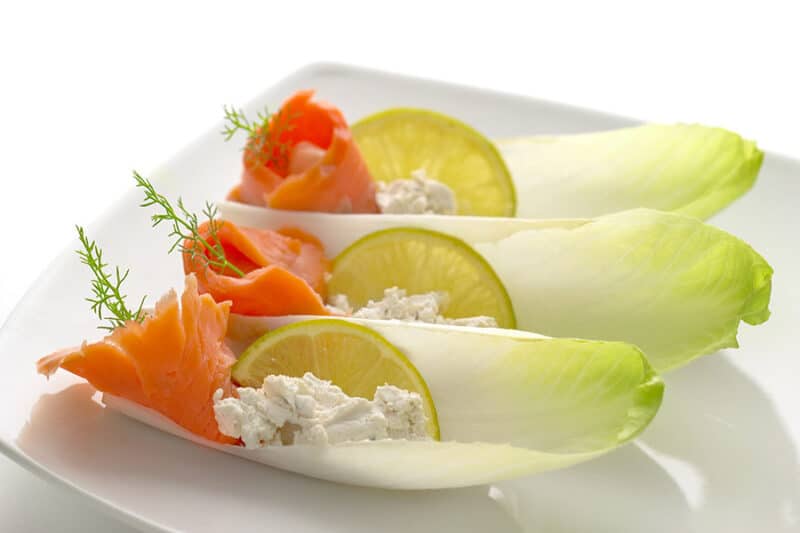
You can also simply sear them on the grill drizzled with some lemon, balsamic vinegar, and butter.
As a salad, chop them up, mix them with some mellow leaves like romaine, and dress them with your favorite dressing. Or use the leaves as a replacement for lettuce on your favorite sandwich.
Chop leaves up and add them to a stir fry or toss them into your favorite soup.
They’re so versatile!
Can’t use up your entire harvest? Here’s how to preserve this tasty green. How do you like to use up your endive harvest?
